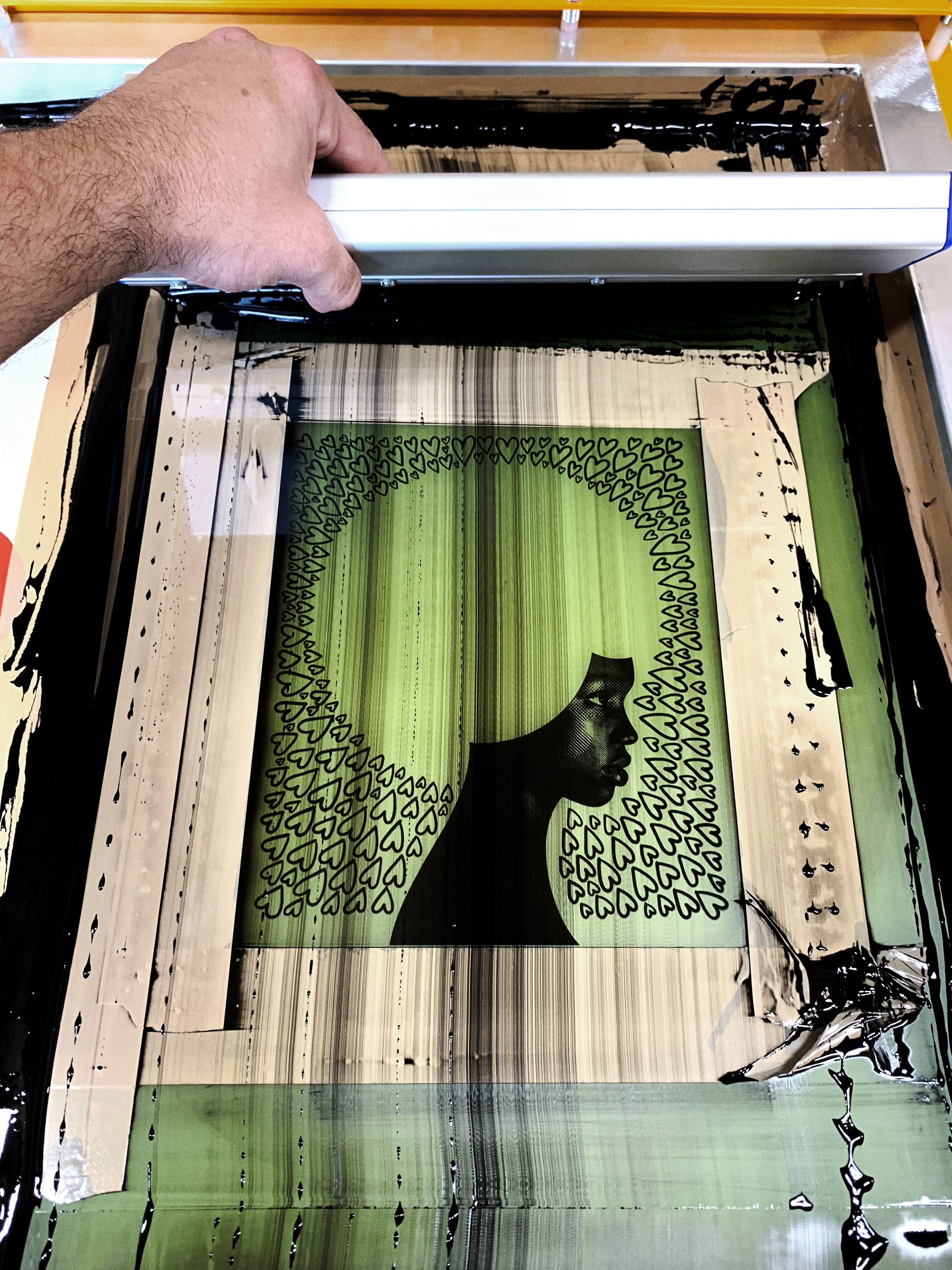ChatGPT said: Finding the best deals with 10:9 Design near me: insider guide
The Important Guide to Recognizing Screen Printing and Its Versatile Uses
Screen printing has a rich history that goes back to old times, developing right into an innovative technique utilized across different markets today. This guide explores the intricacies of the screen printing procedure, describing its applications in fashion, advertising and marketing, and home décor - 10:9 Design LLC Company. Understanding these basics can open creative capacity for both business and imaginative jobs. The complying with sections will expose essential tips and methods to enhance one's screen printing endeavors
The History of Screen Printing
Although screen printing has roots that trace back centuries, its advancement mirrors the technical and creative improvements of various societies. Stemming in old China, the method was initially utilized for decorating fabrics and later spread to Japan, where it ended up being integral to Ukiyo-e woodblock printing. The method moved to Europe in the 18th century, where it got popularity among craftsmens and commercial printers. The creation of picture solution in the 20th century transformed screen printing, enabling for even more intricate styles and higher performance. Artists like Andy Warhol additionally thrust its popularity, making use of the tool to develop iconic jobs that combined commercialism and art. By the late 20th century, screen printing had developed itself as a versatile strategy, utilized in style, advertising and marketing, and great art. Today, it remains to develop, integrating digital technology and expanding its applications across various industries.
The Screen Printing Process Explained
Screen printing changes imaginative visions right into concrete designs with a collection of accurate actions. A picture is developed and after that transferred onto a screen, usually made of fine mesh textile extended over a framework. A light-sensitive solution is put on the screen, which is exposed to light, setting in areas not covered by the picture. After washing out the unhardened solution, a pattern is formed.
Next, the screen is put over the substrate, whether it be fabric, paper, or one more product. Ink is then pushed through the open locations of the stencil making use of a squeegee, depositing the style onto the substratum listed below. This process can be duplicated for numerous shades, needing different screens for every tone. The published product is cured using warmth to assure the ink sticks appropriately, resulting in a resilient, dynamic layout ready for usage.
Sorts Of Screen Printing Techniques

In addition, specialty strategies, such as discharge screen printing, eliminate dye from the textile to produce softer prints, while aluminum foil screen printing uses metallic aluminum foil to achieve a glossy coating (10:9 Design near me). Each technique supplies distinctive features, dealing with various innovative requirements and manufacturing ranges, inevitably increasing the opportunities within the screen printing domain name
Applications of Screen Printing in Various Industries

Furthermore, the signage and advertising and marketing markets make use of screen printing for developing attractive screens and banners. This method enables vibrant shades and elaborate layouts that record focus. In electronic devices, screen printing is used for applying conductive inks to circuit card, essential for element connections. The home décor sector welcomes screen printing to create distinct styles on textiles and wall art. On the whole, screen printing works as an important device throughout varied areas, improving items with personalized and aesthetically enticing graphics.
Tips for Effective Screen Printing Projects
While taking on a screen printing project, careful attention to detail can substantially enhance the last result. Picking high-quality materials is essential; this includes the screen, inks, and substrates. Utilizing proper mesh matters can influence ink deposition and information resolution. Preparation is similarly important; comprehensive cleaning of displays and appropriate direct exposure times assure crisp prints.
Next, accurate registration is important for multi-color prints. Utilizing placement devices can aid attain accurate layering. Furthermore, testing prints on scrap products before manufacturing assists recognize potential concerns without visit their website losing resources.

Frequently Asked Concerns
What Products Are Ideal for Screen Printing on Textile?
Cotton and polyester blends are suitable for screen printing on material due to their sturdiness and ink absorption. Furthermore, specialized materials like silk or canvas can create one-of-a-kind structures and coatings, enhancing the overall style top quality.
How Do I Tidy and Maintain Screen Printing Tools?
To preserve and clean screen printing tools, one need to frequently wash displays with suitable solvents, examine mops for wear, lube relocating parts, and shop all products in a completely dry, dust-free atmosphere to prolong their life-span.
What Are the Environmental Impacts of Screen Printing?
Screen printing can have significant ecological effects, consisting of chemical waste from solvents and inks, water usage during cleaning procedures, and energy usage. Lasting methods and environmentally friendly products are crucial for minimizing these unfavorable results.
Can Screen Printing Be Done at Home Successfully?
Screen printing can be successfully done at home with the appropriate materials and techniques. Enthusiasts can create quality prints, though success depends on their ability degree, devices, and understanding of the procedure entailed.
What Are the Prices Related To Beginning a Screen Printing Service?

Beginning a screen printing service involves prices for devices, materials, and workspace. First costs normally vary from a couple of hundred to a number of thousand bucks, relying on the range, top quality of machinery, and desired manufacturing ability.
Screen printing has an abundant history that dates back to old times, developing into an innovative technique utilized across numerous markets today. Another technique, rotary screen printing, utilizes cylindrical screens, facilitating constant printing on material rolls, thereby enhancing performance for large productions. Furthermore, specialized methods, such as discharge screen printing, get rid of dye from the material to create softer prints, while aluminum foil screen printing applies metal foil to accomplish a shiny coating. In the style field, screen printing is commonly made use of to produce vibrant designs on clothing, making it possible for brands to display their distinct designs. Cotton and polyester blends are perfect for screen printing on fabric due to their toughness and ink absorption.